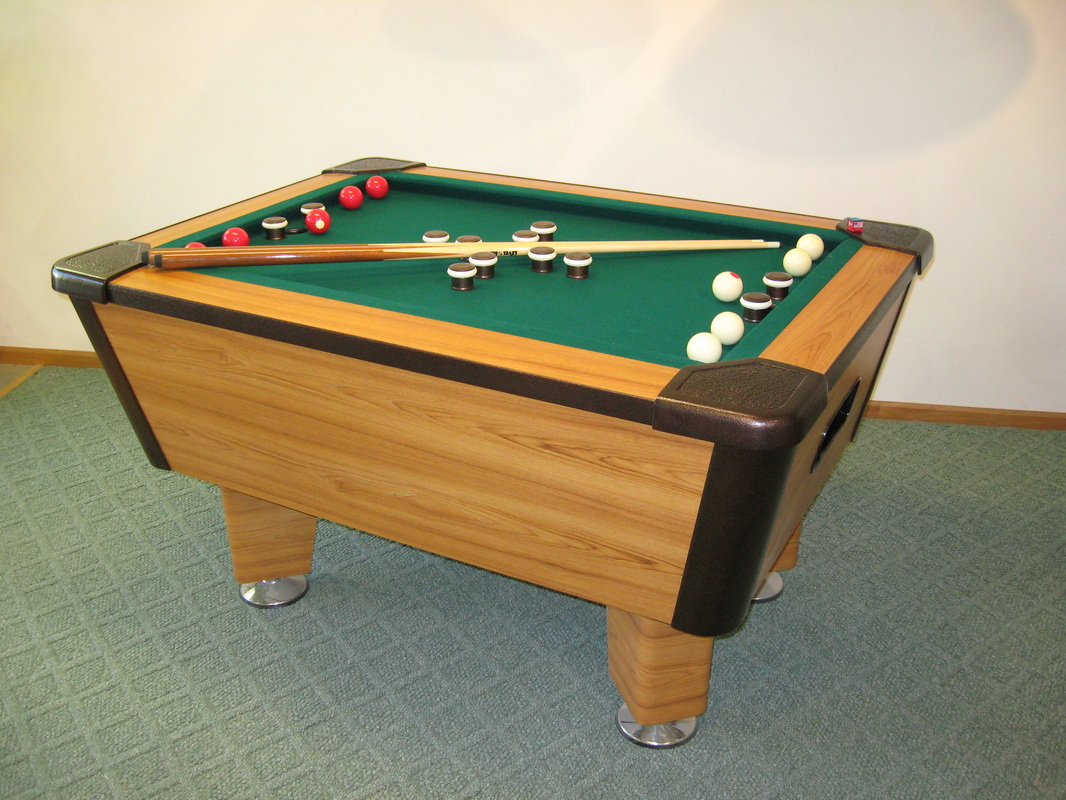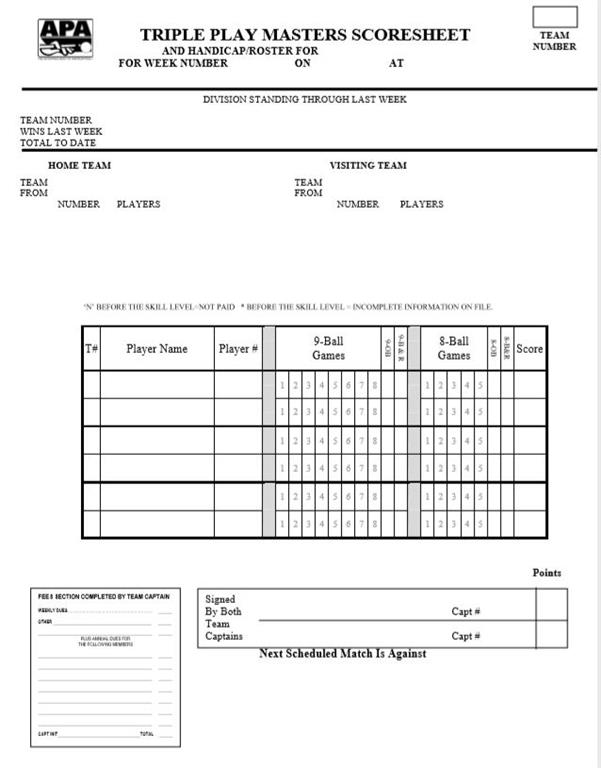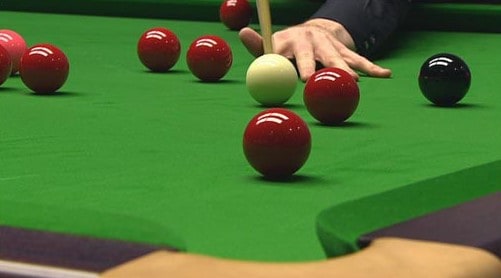
Snooker cues can be made from many different materials. Some cues have a heavier weight than others and some are lighter than others. Maple and Ash both make great snooker cues. Maple, however has some disadvantages that should be considered and should not be used without caution. These woods have varying degrees of whippyness and stiffness, so it's important to be careful when choosing your cue.
Materials used in snooker cues
Ash cues have clear grain patterns that include chevrons, arrows and chevrons. It can be challenging to bend straight as the graining of ash cues is often uneven. Therefore, it is crucial to select the right cue for you to avoid potential problems.
Ash cues were traditionally made from English-ash, but felling laws have reduced their availability. In recent years, American ash has become more popular, as it is straight grain. English ash cues tend to be darker, heavier, and more visible chevrons. Some players also choose to use maples, such as Acer sacrarum, which is more expensive. The maple timber is fully kiln-dried and seasoned for at least 12 months.
Rolled and bound the same
Ash is a dense and lightweight wood, which is ideal for making a cue in snooker. It isn't as expensive as high-end luxury cues for snooker. It also has a little flex to it, which makes spinning the ball easier. It also has lower deflection than other woods.

Maple and Ash have been the traditional timbers to use for cue shafts. Maple and Ash both have a high degree of rigidity and playability. Some models feature brass or plastic ferrules.
Responsive to wear and tear
It is crucial to properly care for your snooker utensils. They need to be stored properly, out of direct sunlight and moisture. They should be kept on a cue rack to avoid warping and damage. It is also important to protect them from abrasive materials such as sandpaper or chemicals.
You can add weight to them to help keep them in top condition. Selecting a cue must weigh no less than 17 ounces is advisable. Anything lighter will strain your arm. You may also experience over acceleration if you purchase a cue lighter than that.
You gain weight around the butt
For a balanced snooker game, it is crucial to know the weight of the butt on a cue. While many cues can be made from ash or maple, some are made entirely from it. Some cues come with intricate decorations, while some are unadorned.
The shaft is attached to the butt by a screw. It is a heavier, lower piece. The shaft is smaller and more narrow. These two pieces are connected at the butt where a male and female screw go through. Cue joints are made from wood, brass, or plastic. The most common are brass-to-brass joints.

Rolling and bouncing the identical
The ash billiard cue is one of the most popular types of snooker cues. Ash snooker snooker cues typically weigh 18-20 ounces. This is much lighter than the larger billiard balls. Although most snooker utensils are made from ash and maple, some are made with other materials.
Ash snooker cues are also less expensive than other materials. It will depend on how much they cost wholesale. It's therefore easy to find a cue at a fair price.